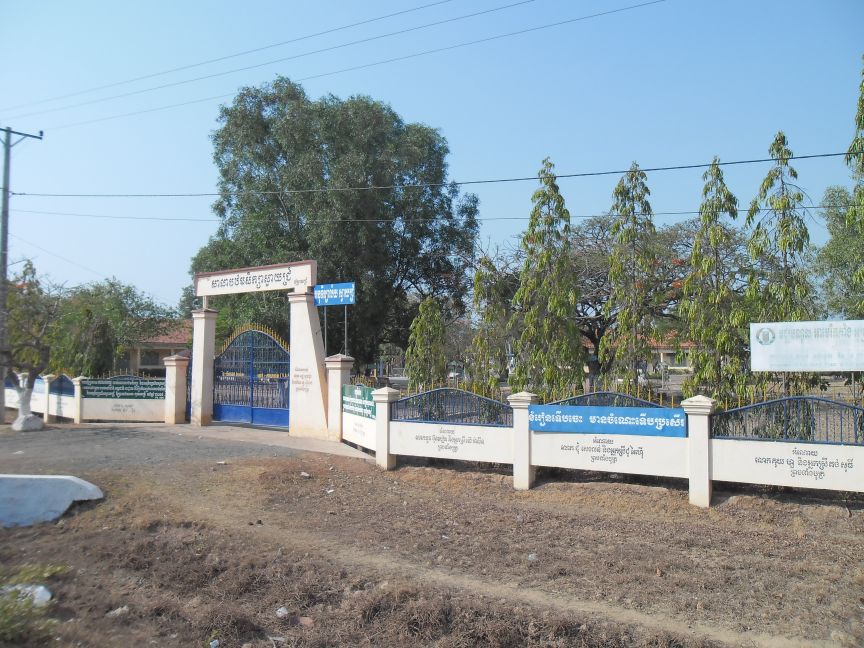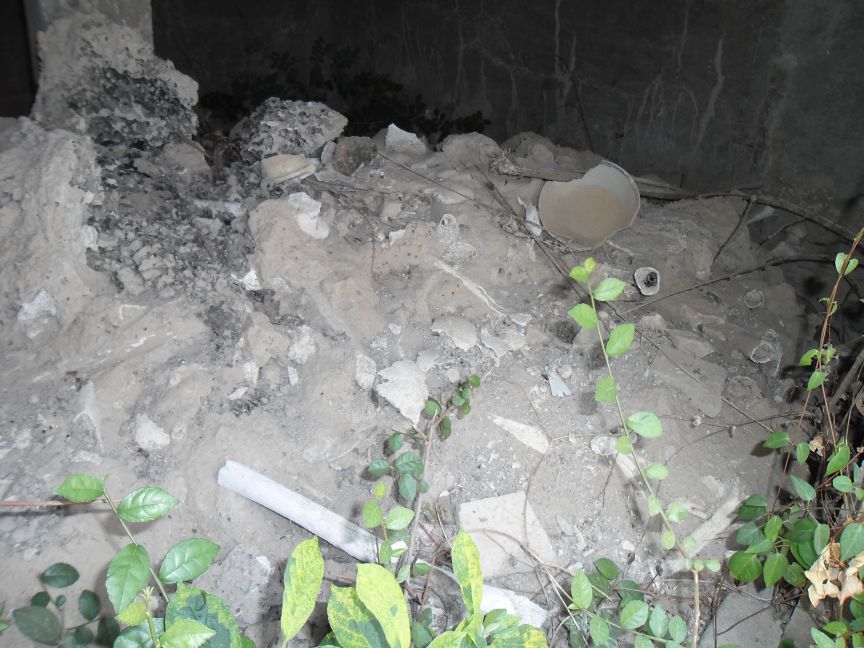Walking the Freedom Walk, by re-tracing the route that my wife walked on her journey to freedom from the genocide of the Khmer Rouge, has opened up so many emotions to my son and I which we could not have expected. While I have heard the stories of atrocities from my wife and others about the Khmer Rouge, re-walking a journey of over a hundred miles with my son, I heard victims of the Khmer Rouge say a shocking thing time and time again: “They don’t believe us.”
Sometimes they said it was their own children who didn’t believe them, other times they said it was just generally ‘young people’ who scoffed at them. The result has been keeping the past buried in their hearts. Deep scars of pain and loss still festering within them, further enunciated by the insensitive comments by young people saying, “I don’t believe you.”
I can think of nothing more painful or disrespectful to say to a victim of genocide. They deserve our honor and respect, not mocking. Yet as I walked mile after mile and talked to survivor after survivor I heard it again and again. Then I heard it ten times, then twenty, then thirty, then forty and I realized that this was a common burden these victims are still bearing.
I determined that my son would never say such a hurtful thing. He has heard every story and more that I have written on this blog. I know you may be thinking it is horrible to make a 13 year old boy listen to stories of horrendous atrocities committed by wicked people, but is it any less horrible for a boy to grow up and say to a survivor, “I don’t believe you”?
So after a hundred miles of walking I made a random detour. I asked an old woman who also was a victim in the village we were in a simple question. Where did they massacre the people in this village? She said, “Go to Wat (temple) Sadok Klok and you will see.” Being very tired, I asked a motorcycle taxi to take my son and me there. Inside the temple, only 2km off the main road I approached some young Buddhist monks. I asked them, “Excuse me, could you tell me where the remains of the victims of the Khmer Rouge are?”
The young monk scoffed, “There are none here, why don’t you ask the old Abbott.”
The Abbot said quietly, “look in the broken stupa in the corner of the temple.”
I walked with my son, hats in our hand in respect for the dead. I didn’t know what we were about to see, nor what my son would think of it. We saw many beautifully maintained stupas pained in gold. The families of rich people had made beautiful graves for the bones of their ancestors, but there in the corner of the temple was a broken and jungle covered stupa. There was a large opening on the top level of the stupa and I climbed up over vines and broken stones to get a clear vantage point. I peared inside and then called to my son to join me.
“Look Paul”, I said to him.
There, in darkness were thousands of bones representing thousands of lives destroyed. Termites had been devouring the bones, but you could still clearly make out the massive pile of bones. The pile was several meters high and at least five meters square on the base. All bones.
As we were looking into the dark hole containing a pile of bones a young monk approached us and said, “There used to be more bones, but sometimes kids come and steal the bones and play with them; Especially the sculls. If you want to find more bones, just look over in the trees,” he motioned to a clump of trees about 100 meters away. “There are plenty more just laying around the ground over there,” he said nonchalantly.
I told my son, “How can anyone say ‘I don’t believe you’. Here is the evidence. In every village in Cambodia, every forest, and every rice field there is evidence dishonorably rotting away day by day and year by year.” Most Buddhist temples and even schools were used as massacre sites because the Khmer Rouge wanted to specifically insult and desecrate religion and education by dumping the bodies there. There have been more than 20,000 killing field sites identified in Cambodia, yet in reality there is rarely a piece of land anywhere free of rotting corpses. Only one memorial, in all of Cambodia, has been erected as a western tourist attraction in Phnom Penh.
Yet today, nearly four decades on, it seems no one cares.
Just a week ago I returned with Noit to the first time 34 years to the site where nearly her entire family was killed and tortured to death. As a result of this walk, I have determined in my heart that we need to create some kind of memorial there. Surely, it is impossible to locate the remains of all the bodies of Noit’s family, but she knows the spot precisely where her life was forever altered. Let no one every dishonor my wife and other victims of the Khmer Rouge anymore by saying, “I don’t believe you.”

The nearby Primary School at Svay Charum. Students told me when they play, the bones left from thousand of massacred victims protrude from the ground. The history of the Khmer Rouge is not taught in schools, but most school grounds in Cambodia, in fact, are now sitting on killing fields. There are no memorials, not even a plaque, marking the genocide here.

This is all so hard to imagine, Steve. My parents (particularly Dad) suffered a lot during WW2 and we were always taught to honor the people who suffered during those years. To this day there is a yearly ceremony in every town in The Netherlands to honor the fallen of that war. Why would it be so different? Perhaps because the ‘enemies’ were their own people and not foreign invaders? A case for more prayer……
In many cases, the enemy is the neighbor next door. Tragic.
I like your decision to create some kind of memorial in the place where Noit’s life was forever changed by the terror of the Khmer Rouge.
Thank you for sharing Steve. God bless Noit and all the survivor’s living with those memories. May we never forget.
Excellent word and reminder to us all, Steve. May we never forget or become indifferent to the atrocities that destroyed so many lives. Blessings to you as you continue your journey.
Thanks so much Omar. Tomorrow we will complete our Freedom Walk. Many times I didn’t think we would make it, but it seems like in less than 24 hours we will home and reunited with Noit who has been working with the children in Poipet during our entire journey. Always self-less and loving her people.